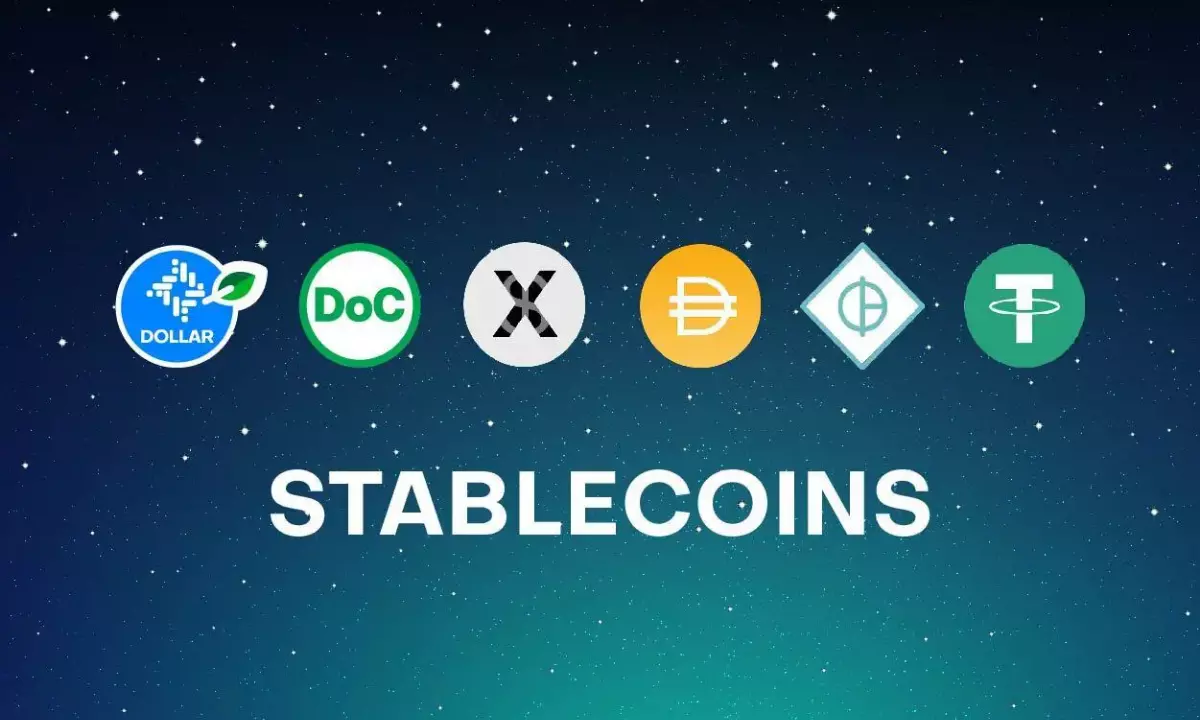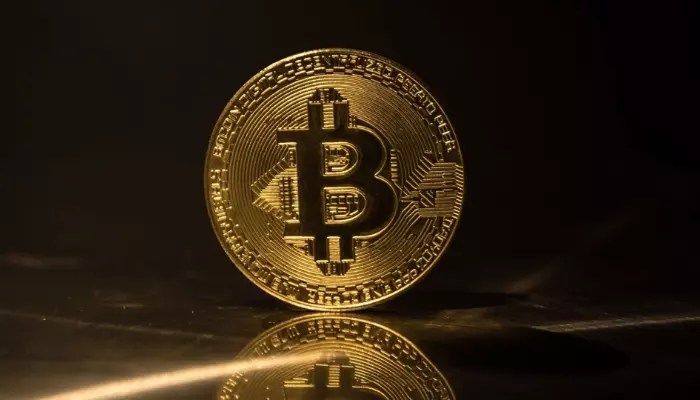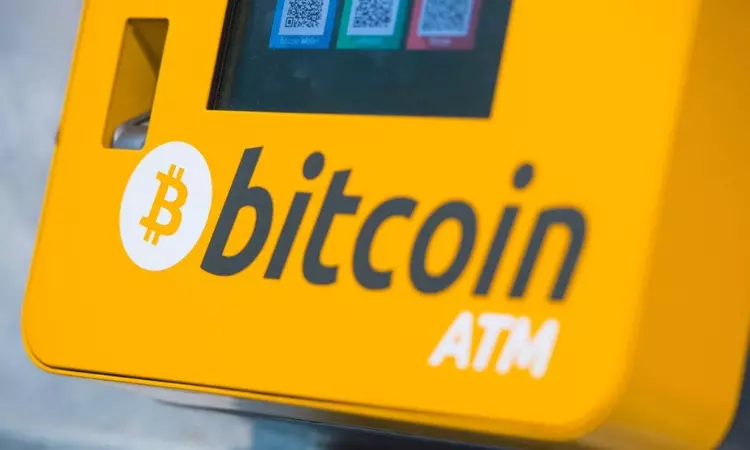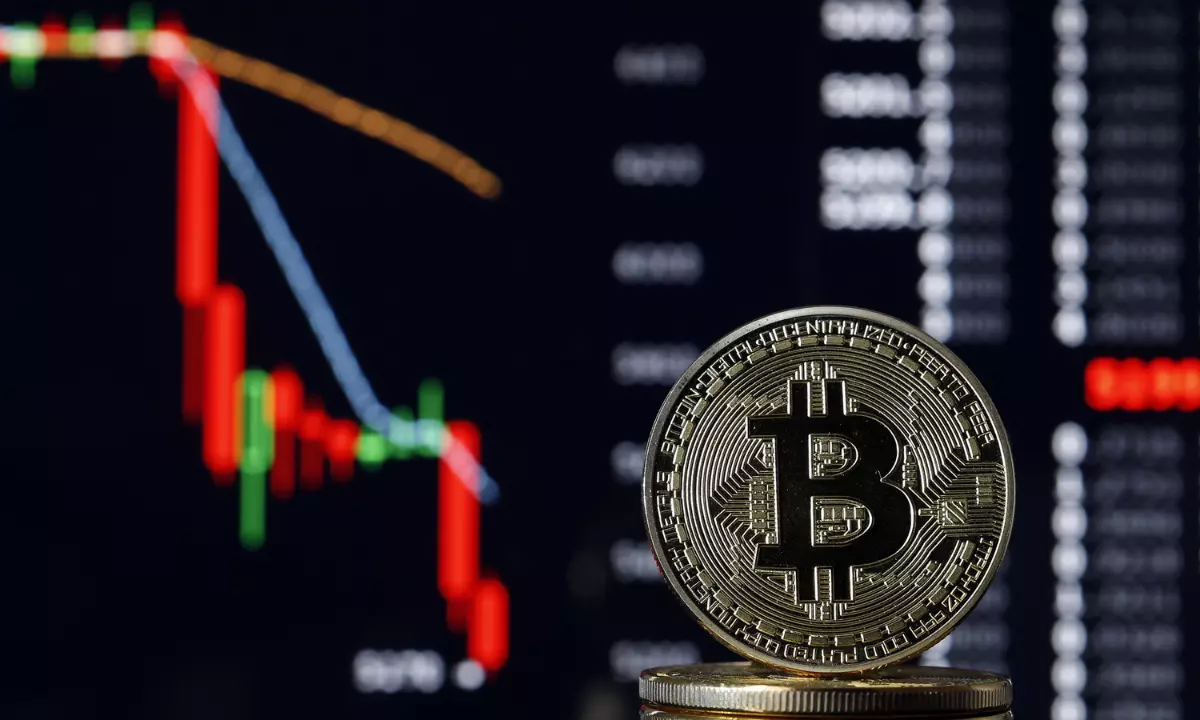
Stablecoins play an important role in the cryptocurrency market. The value of these tokens is usually pegged to the underlying currency and is designed to provide an easy way to exchange digital assets in the cryptoeconomy and support further crypto adoption.
Some of the most popular stablecoins by market cap are Tether (USDT), USD Coin (USDC), and Binance USD (BUSD). There are many other stablecoins that also have a strong presence in the market today.
But recent history shows that some stablecoins have limitations. Crypto Terra (LUNA), one of the most valuable cryptocurrencies on the market, fell to near zero on May 12. LUNA plunged about 96% in just 24 hours after the network’s stablecoin TerraUSD (UST) de-pegged from the U.S. dollar and began a choppy fall on May 9, creating a cryptocurrency bank run during which users sold aggressively LUNA.
Brock Pierce, chairman of the Bitcoin Foundation and leading cryptocurrency investor, said: “People put too much trust in it too soon, making it the third-largest stablecoin too soon.”
The TerraUSD experiment revealed the weaknesses of the network and the need for improvements to the decentralized stablecoin infrastructure. Of course, investors may be wondering what this means for the future of stablecoins and their goal of enabling more efficient crypto transactions. Here, we take a look at the factors that could lead to the collapse of UST and where the future of stablecoins could be headed:
- How do stablecoins work?
- TerraUSD (UST) crashes.
- How the UST Crash Affects Crypto Markets
- The future of stablecoins.
How do stablecoins work?
A stablecoin is a digital currency designed to maintain a direct, one-to-one peg to a more stable underlying asset, such as a national currency. Some of the most popular stablecoins on the market are pegged to the U.S. dollar or to commodities. Given their expected price stability, stablecoins are used to manage volatility in crypto markets.
Different types of stablecoins are tokenized according to their underlying collateral structure, which can be fiat-backed, crypto-backed, commodity-backed, or algorithmic.
Stablecoins allow market participants to easily enter and exit crypto trading, increasing the usability of volatile cryptocurrencies and creating more liquidity in the crypto market. Bonding directly to a more stable asset allows market participants to use stablecoins when cryptocurrency price volatility is unmanageable.
TerraUSD (UST) crashes.
TerraUSD (UST) is an algorithmic stablecoin issued and backed by the Terra (LUNA) ecosystem. This means that the stablecoin is not backed by U.S. dollar holdings, and UST maintains its peg to the U.S. dollar through an algorithm that changes with the supply and demand of another cryptocurrency.
“This stablecoin relies on an algorithm to mint new LUNA or burn existing LUNA to maintain TerraUSD’s peg to the U.S. dollar. When TerraUSD trades below $1, new LUNA is minted to buy stablecoins, while When TerraUSD trades above $1, the stablecoin is sold and existing LUNA tokens are burned,” explained MetaTope VP Walker Holmes.
As the price of TerraUSD continued to fall, more LUNA was minted to maintain the peg. “As more and more LUNA is minted, the value of the asset backing the stablecoin quickly goes to zero,” Holmes said. The Luna Foundation Guard or LFG is a foundation set up to support TerraUSD, purchasing billions of dollars in Bitcoin (BTC) reserves to back UST. LFG ended up selling some bitcoin and buying UST to boost prices.
Although UST was designed as a decentralized financial solution to maintain its one-to-one peg to the U.S. dollar, the experiment was unsuccessful. “No matter how much technical or human capital an agreement has, nothing is invincible,” Holmes said. “Projects can and will fail.”
How the UST Crash Affects Crypto Markets
UST is known as one of the largest stablecoins in the world and is popular in decentralized finance activities on the Terra network. An anchored lending protocol that allows users to buy UST allows users to earn an annual return of up to 18%, one of the highest yielding products in the crypto market. Most deposits on Anchor are made at UST.
Anchor recently proposed lowering UST yields to an average of 4% due to the extreme volatility of UST’s de-pegging to $1. Meanwhile, Terra Blockchain has suspended the network to come up with a rebuilding plan. Several cryptocurrency exchanges have even stopped trading LUNA and its stablecoin. The price of Bitcoin also fell after LFG sold its BTC reserves to prop up UST.
Some cryptocurrency traders are buying LUNA in the hope that it will bounce back, but many tend to avoid the coin that has seen such a massive drop of late, especially if they hold a lot of assets there.
Investors learned from the UST debacle that algorithmic stablecoins have structural challenges and that Bitcoin reserves are insufficient to maintain stablecoins pegged to $1.
“The experiment failed and sparked the biggest devaluation event in the history of cryptocurrencies,” Pierce said, but noted that the failure provided valuable lessons for developers. “I believe algorithmic stablecoins will work in the future, independent of traditional financial infrastructure,” he said.
The future of stablecoins
Given the collapse of the UST, investors may wonder how stablecoins will succeed as liquidity providers in the cryptocurrency market.
Fintech expert Chris Skinner, author of books such as Doing the Numbers: Lessons from Leaders, said the UST crash has led investors to question their trust in the structure of stablecoins, and what they perceive as stablecoins what is and should be. The functionality of other stablecoins has also been questioned, he said.
The future of stablecoins
Given the collapse of the UST, investors may wonder how stablecoins will succeed as liquidity providers in the cryptocurrency market.
Fintech expert Chris Skinner, author of books such as Doing the Numbers: Lessons from Leaders, said the UST crash has led investors to question their trust in the structure of stablecoins, and what they perceive as stablecoins what is and should be. The functionality of other stablecoins has also been questioned, he said.
“If you have a situation where the community is losing trust and there’s a rush for currency as everyone withdraws their funds, it pulls the rug into the market, and that’s really what happened with Terra (LUNA).” Kinner said.
It is important for investors to consider stablecoins like any other investment. “You have to know what you’re getting into: ‘Are you sure it’s not going to lose your investment? Even if you are confident, no matter what money you invest, you will never lose your investment. Prepare to fail. ”
Learn more:
-
-
-
-
Delta Skymiles® Reserve American Express Card Review – See more.
-
AmEx focuses on customer experience with new checking account and redesigned application
-


